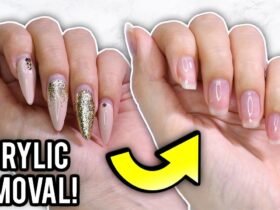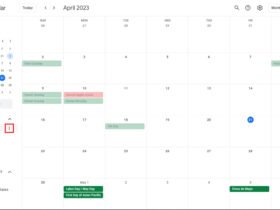When it comes to purchasing rings, whether for engagement purposes, as a gift, or even for personal indulgence, the correct sizing is paramount. An ill-fitting ring can mar the joy of a momentous occasion or simply become an inconvenient piece of jewelry that sees little to no wear. Understanding how to measure ring size accurately is essential for anyone looking to buy a ring, especially when shopping online where trying on is not an option. This comprehensive guide will delve into the various methods of determining ring size, ensuring that your next ring purchase is just the perfect fit.
Understanding Ring Sizing
The Basics of Ring Size
Ring sizes can vary significantly across different countries and jewelry brands. In the United States, ring sizes are typically measured in inches or millimeters, correlating to a numerical scale with half and quarter sizes for a more precise fit. Internationally, ring sizes may follow a different scale, such as alphabetical (used in the UK, Australia, and Ireland) or numerical with a different baseline (common in European and Asian countries).
The Importance of Accurate Measurement
The significance of accurate ring measurement cannot be overstated. A ring that fits well should slide on easily but require a slight push to remove over the knuckle, ensuring it won’t easily fall off. Seasonal changes can affect finger size, with cold weather causing fingers to shrink and warm weather leading to expansion. Therefore, it’s recommended to measure your ring size under normal temperature conditions and at the end of the day when your fingers are likely to be at their largest.
Methods of Measuring Ring Size
Using a String or Paper Strip
One of the simplest methods to measure your ring size at home involves using a piece of string or a paper strip. Wrap the string or paper around the base of the intended finger, mark where the ends meet, and then measure it against a ruler. This measurement, in millimeters, can then be compared to a standard ring size chart to determine your size. However, this method can be prone to inaccuracies due to the string or paper bending or twisting.
Printable Ring Sizers
Many jewelers and online retailers offer printable ring sizers. These tools typically work by cutting out a strip of paper marked with measured ring sizes. You then cut a slit at the indicated spot, wrap it around your finger, and slide the end through the slit to mimic a ring. The number that aligns with the slit provides your ring size. This method tends to be more accurate than the string method, but still requires careful cutting and measurement to ensure accuracy.
Using an Existing Ring
If you’re buying a ring as a surprise for someone, using one of their existing rings can be a discreet way to find out their size. Place the ring on a ring size chart, which can be found online, and measure the internal diameter of the ring. Match this measurement to the chart to find the corresponding size. Keep in mind that the finger on which the ring will be worn can affect the size needed, so try to match the intended finger as closely as possible.
Professional Sizing
For the most accurate measurement, visiting a jeweler for professional sizing is recommended. Jewelers use specialized tools, such as ring sizers and mandrels, to measure your finger or an existing ring accurately. This service is usually offered for free and eliminates the guesswork involved in the other methods. Moreover, professionals can provide valuable advice on how different ring styles and widths may impact your ideal size.
Considerations When Measuring Ring Size
Finger Shape and Ring Width
Finger shape can influence how a ring fits. For those with larger knuckles, the ring needs to be sized to fit the knuckle rather than the base of the finger. Additionally, wider bands often require a larger size as they take up more space on the finger. A general rule of thumb is to go up half a size from your standard size for rings with a width of over 6mm.
Seasonal Changes and Time of Day
As mentioned, finger size can fluctuate with temperature changes and time of day. To mitigate these variables, measure your ring size under average conditions and at the end of the day when your fingers are at their largest.
Final Thoughts
Measuring ring size might seem like a daunting task, but with the right tools and knowledge, it can be a simple and straightforward process. Whether you opt for a DIY method or professional sizing, ensuring an accurate measurement will enhance the comfort and security of wearing rings. Remember, when in doubt, consulting with a professional jeweler can provide clarity and ensure that the ring you choose fits perfectly.

















